Located on the banks of river Dikhow, about 380 km east of Guwahati and about 60 km east of Jorhat is this small quaint town of Sibasagar. Also called Sibsagar it is now renamed Sivasagar. It was once the region from where the mighty Ahom kings ruled for more than six centuries. They ruled till the early 19th century before they briefly fell to the Burmese. And finally being annexed by the British. It was called Rangpur then.

Sibasagar Tourist Places
Today it is a small town, preserving the remains of its glorious past and welcoming its one-off visitors. Monuments are scattered around the town in clusters. This is because the kingdom was moved to different places by successive kings. But all those are more or less today a part of the town. This reminded me of Delhi, which has many ancient cities within its present-day city limits.

The Namdang Stone Bridge
If you drive from Jorhat, you must stop at a 300+-year-old small bridge called Namdang stone bridge which is carved out of a single stone. Built on the river Namdang, it is now a part of the National Highway 37.
Sibasagar Lake
As you reach the town, the first thing that you will notice is a huge lake called Sibasagar. Dotted with many lilies and lotuses and has a magnificent backdrop of red temples. It is after this lake that the town is named. There are 3 temples by this lake called Shivdol, Vishnudol, and Devidol. Queen Ambika built them in the early 18th century making these temples about 300 years old.
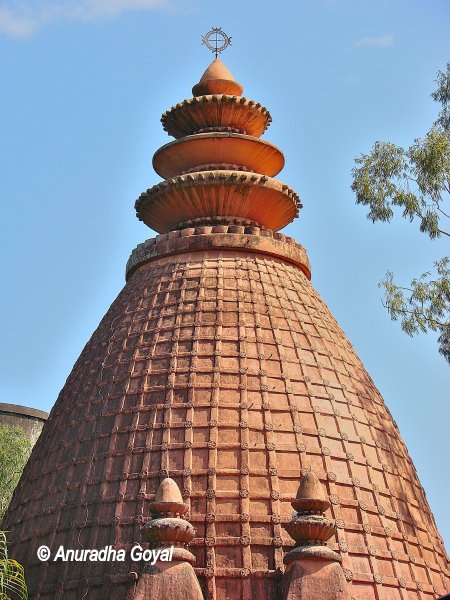
Shivdol, Vishnudol & Devidol Temples
All of them are in red color with each having a distinct and imposing Shikhara or superstructure. It may be logical to assume that Shivdol is the most important of these temples. As it is located in the middle as is relatively taller than the other two. Shivdol and Devidol have shikhara in the typical Nagar style but a mandapa in the Chhala style of Bengal. Vishnudol and Joydol have a distinct shikhara in the curvilinear inverted cone shape with chequered grooves on it that contains floral carvings and cascading Amalakas on the top. Another open mandapa is made in front of all temples with triangular tin roofs.
All three structures Shikhara, mandapa, and the outer roof make the temples an example of fusion architecture. All the temples have carvings on the outer walls of grey stone. Inside the carved stones are fitted into the walls. Though not the best carvings that you can see in the country. But stone carvings here do cover the whole pantheon of Hindu deities. The interplay of grey and red is interesting as it breaks the monotone, and looks colorful but not loud.
The Sanctum Sanctorum or the Garbhagriha is usually a few steps below the ground level. And is so hot a humid that is very difficult to stand there for more than a few minutes.

Joy Dol & Joysagar Lake
Joy Dol is a temple located on the side of another big lake called Joysagar, which King Rudra Singh had built in honor of his mother Joymoti. The lake is very scenic and full of flowers and birds. The temple was absolutely empty when we were there. Making it quite a serene place to sit and contemplate, of course, the weather has to be benign.

Ahom Kingdom, Sibasagar
Ahom were of Chinese descent and they converted to Hinduism after some time and ruled as Hindu kings for a long time. This may be an interesting case study of rulers taking the religion of the ruled to rule. A museum near the lake has a collection of items used by the Ahom kings. There are life-size statues of the main king of the dynasty King Rudra Singh who ruled during the 18th century. Ahom royalty was apparently buried and the ground the raised above their bodies to form a mound.
These mounds are later known as Maidans. You can find many of them in the region, including one at Jorhat, though there is nothing much that you can see there.
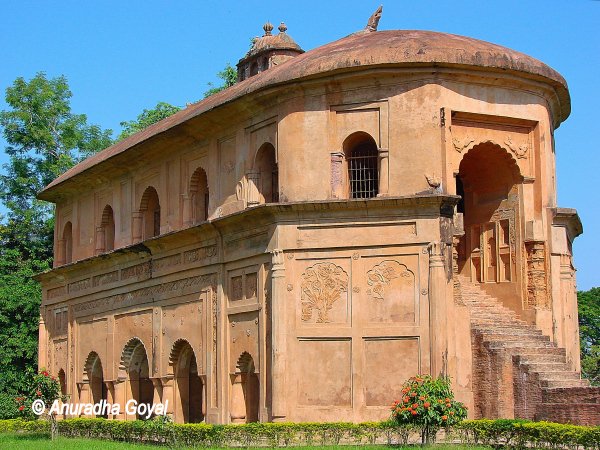
Rang Ghar
Rang Ghar is a standalone monument not too far from the town. It is a double-storeyed structure, resembling the Baradari of the Mughals. Where it is said the king used to see the sports like buffalo fights and festivals like Bihu that were held in the ground around it. In a way, it was their pleasure pavilion. This beautiful 18th-century structure in pale pink color is decorated with many motifs on its walls. A lot of them are Phool Patti designs inspired by Mughal motifs. The arches on the upper floor make it look like a baradari, but the roof of the building is a distinct identity of this place.
It is like an inverted boat and has crocodiles carved at its ends giving a Chinese character to it.
It is made of small bricks that are found in most buildings of that era. And is covered with lime, I guess to keep the building cool in this hot location.

Talatal Ghar
Little ahead of Rang Ghar is the seven-storeyed erstwhile palace of the Ahom kings called Talatal. The distinct feature of this Palace/Ghar is that three out of seven stories are underground. There are secret tunnels that go out of this palace but I think was an integral part of most royal residences. Now what remains here is a few floors, with rooms and corridors and some remnants of the carvings on walls that would have existed. Here and there some portion of the carvings peeps out as you walk through the ruins.
There are remains of the ornate pillars on the sides of many entrances. A Shiva temple that is still practiced occupies one corner by a small water body. A little distance away from this palace is Gola Ghar or the place where ammunition was kept.

Uttaran Museum
Our surprise of the day was a personal museum called Uttaran, an effort of one individual to collect and showcase the culture of the region. The collection is impressive and effort commendable. The two-story building is full of artifacts. There is another portion being built personally by the curator cum owner himself. We spoke to him and it was a pleasure to listen to his dream of making a huge museum all with his own money. I really admire people who want to build their dreams through their own effort and resources.
Rather than people who think the only way to fulfill dreams is by borrowing resources. We located this museum just by chance as we were passing by it. Otherwise, there is no mention of it anywhere in the travel guides or on the Internet.
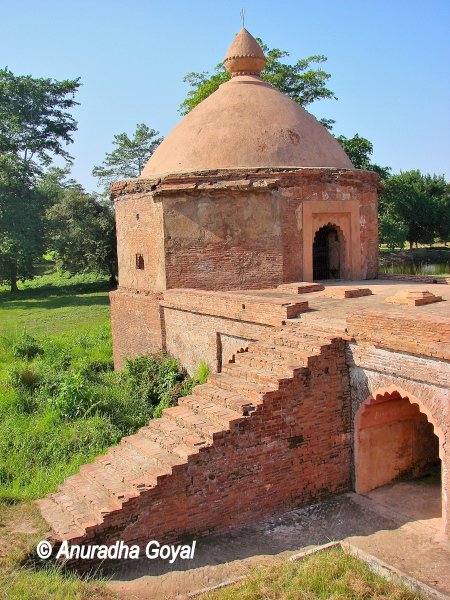
Discovering Sibasagar
While I was researching for this trip, no one mentioned this beautiful town to me. When I asked a few travel agents who conduct NE tours, they were completely clueless about the place in Assam. Even the people we met on the way before we reached the town said there is nothing much to see there, and you will be disappointed. And after spending a day there I was wondering why do people not know about it. And why do they think it is not as important as any other historical place in the country?
We really liked and enjoyed the place. I wish and hope that people will go and see this place from where maybe one of the longest-ruling dynasties in the country ruled.
Recommend you to read the following travel blog posts on tourist places in Assam. And also places to visit in North-East India.
Guwahati – Gateway to North-East India
Home to Single Horned Rhinos – Kaziranga National Park







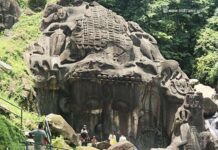
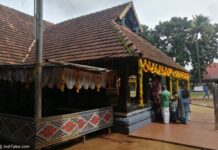




Nice structures . Thanks for sharing .
Wonderful and unique structures.
Hi Anuradha,
Came across this post and was very happy to see one of my favourite places covered. I am from Assam and have a very close relation with Sibsagar 🙂 loved reading it and thanks for writing about a place that not many people know about.
When I reached Sibasagar, I had no idea about this lovely temple town. I hope some people would visit it after reading this post.
Good info. thanks
Thanks Ruchi. Glad you found the Sibasagar blogpost helpful.
Good pic& narration.
deba.
Nice informative post.
Thanks Shiva.